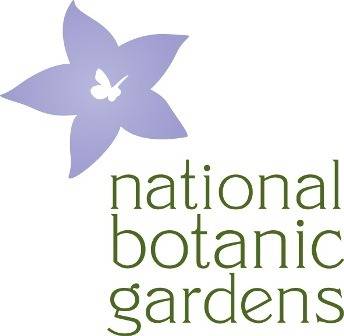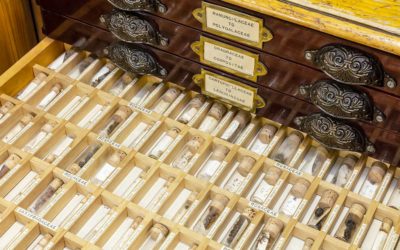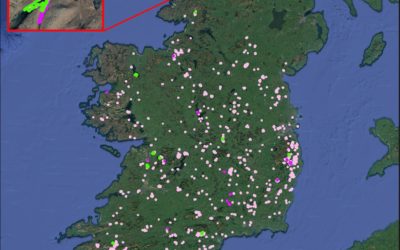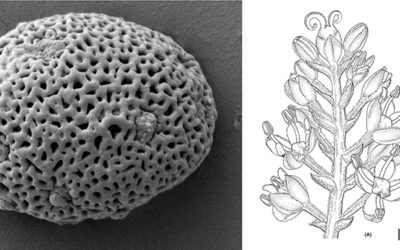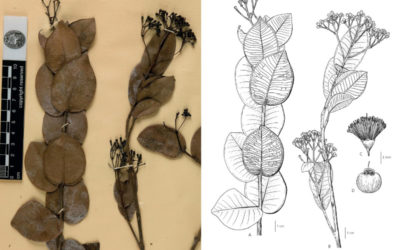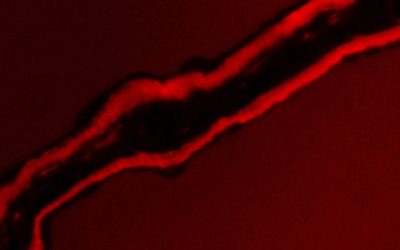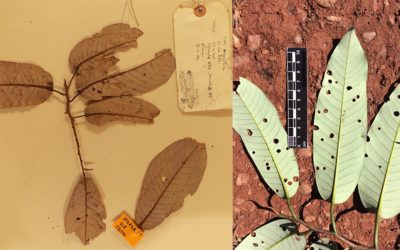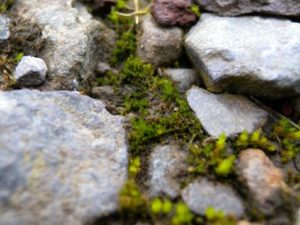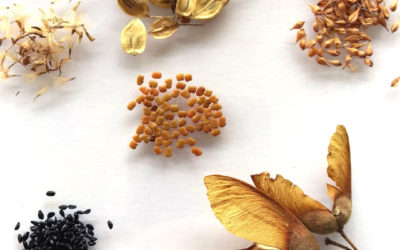News from the National Botanic Gardens | Irish Botany News | Research Projects | Kilmacurragh News
Postdoctoral Researcher Position Available at the National Botanic Gardens
Position: Postdoctoral Researcher Duration: 18 months Location: National Botanic Gardens, Dublin, Ireland A research position is available immediately for a fixed contract of 18 months as part of DAFM and NPWS funded projects. There are two primary objectives of the...
DigiHerb: Building digital and informatics innovation capacity of regional herbaria in North West Europe
An ambitious herbarium digitisation project, named DigiHerb, has been approved for funding by the Interreg North-West Europe Programme. The National Herbarium in the National Botanic Gardens of Ireland (NBG-OPW) is spearheading this initiative in partnership with The...
GeneNet – Characterising and developing a genetic conservation network of native tree species in Ireland
Colin Kelleher, Sam Belton and Erica Fox Forest Genetic Resources (FGR) are the basis on which the health of our forests depend as they are essential to adaptation. Genetic diversity enables tree populations to adapt to conditions and to optimise their performance. A...
The boxwood of Thailand and the cinnamon of Borneo
Wuu Kuang Soh The Boxwood family, Buxaceae, consists of six genera and about 100 species worldwide from the Northern to Southern Hemisphere. The group presence is small in Thailand with only two genera and five native species (Soh and Parnell 2018). However, in the...
Systematics of Syzygium Gaertn. in Cambodia, Laos and Vietnam
Syzygium Gaertn. is the largest genus in Myrtaceae with about 1,200 species of mostly medium to large trees occurring in the tropics and subtropics from India to the Pacific Islands, and found in a diverse range of habitats from sea shore to montane forest. Perhaps...
Trait-based ecology
Trait‐based ecology uses phenotypic characteristics of plants to study responses to environmental change and to investigate ecological hypotheses. These phenotypes that are associated with plant functioning are called functional traits. One example of a widely known...
Herbarium-based research on plant physiological responses to climate change
Herbarium specimens can inform about long‐term effects on plants as a consequence of climate change. Since plants are sessile, they are particularly exposed to climate change and the period of their responses to this change are preserved in herbarium specimens. This...
Conservation of the Critically Endangered moss Ditrichum cornubicum (Cornish Path-moss) at Mountain Mine, Allihies, Co. Cork
Project background Ditrichum cornubicum Paton (Cornish Path-moss) is a small acrocarpous moss found growing on old copper-rich mine spoil within the EU Habitats Directive Annex I listed habitat Calaminarian Grassland of the Violetalia calaminariae. In Ireland, this...
A National Seed Bank in the National Botanic Gardens
Plants are fascinating. Even though they surround us and feed us, they often go unseen and unnoticed each day. They even hold the record for the largest and oldest organisms on earth - the largest being a clone of aspen trees and the oldest being a bristle cone pine...
